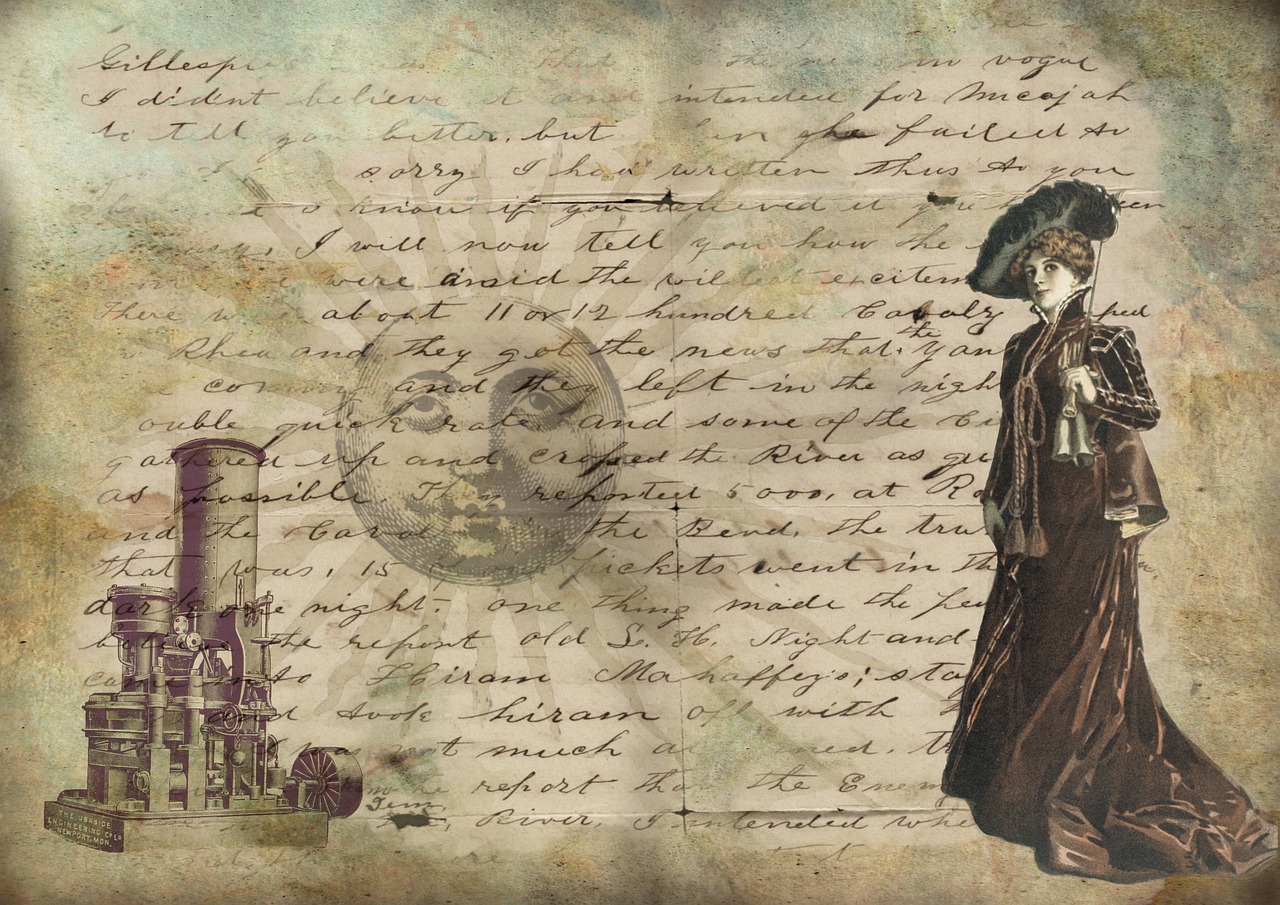
The Victorian Age gave rise to the literary genres of horror and mystery, the formation of Scotland Yard to investigate crimes, and advances in forensic science. There was also an obsession with true crime amongst the Victorians, to such a degree that Charles Dickens referred to it as a "dark and dreadful interest" in murderers and their executions. The local newspapers were full of gory details, which became a macabre form of entertainment. In fact, some of these true life stories were brought to the theatrical stage and acting troupes would perform them all over England. People would also pay money to visit the sites of crimes, and take tours of prisons and insane asylums. Dark and dreadful interest indeed!
The most infamous unsolved crimes in Victorian era London took place in Whitechapel during the summer of 1888. These murders were attributed to "Jack the Ripper" (as he signed himself on letters delivered to the police and local newspapers). The investigation was closely watched by those reading the local papers, and much attention was given to the deplorable living conditions in the Whitechapel area. The newspapers also fueled anti-Irish and anti-Semitic sentiments within East London, which led to rioting and attacks on those communities. While there was a move for social reforms in the 1870s, the "summer of terror" in 1888 shone a light upon the poverty and squalid living conditions in some areas of East London. This led to broad social reforms in Whitechapel and the surrounding areas in the form of better housing, better lighting at night, and more investment into education and skilled trades. There were also more charitable organizations established in those neighborhoods which focused on the needs of the most vulnerable in the communities, particularly women and children.
For a closer look into this part of history, I recommend the following:
The Five by Hallie Rubenhold
Polly, Annie, Elizabeth, Catherine, and Mary-Jane are famous for the same thing, though they never met. They came from Fleet Street, Knightsbridge, Wolverhampton, Sweden, and Wales. They wrote ballads, ran coffee houses, lived on country estates; they breathed ink-dust from printing presses and escaped people-traffickers.
What they had in common was the year of their murders: 1888. The person responsible was never identified, but the character created by the press to fill that gap has become far more famous than any of these five women.
For more than a century, newspapers have been keen to tell us that "the Ripper" preyed on prostitutes. Not only is this untrue, as historian Hallie Rubenhold has discovered, but it has prevented the real stories of these fascinating women from being told. Now, in this devastating narrative of five lives, Rubenhold finally sets the record straight, revealing a world not just of Dickens and Queen Victoria, but of poverty, homelessness, and rampant misogyny. (description from Amazon)
Victorian True Crime selections:
In recent years, more contemporary writers have delved into writing mystery novels that take place during the Victorian Age. Sometimes the work closely resembles the Victorian Age in settings, stories, and characters. In other works, the writings present a Victorian Age without the emphasis on colonialism, racism, and sexism (that definitely existed at that time). The main character/s often break through societal barriers and exemplify the best of all ethics and morals. There is also an emphasis on the untold stories, a reworking of Victorian Age literature through the eyes of a new character. An example of this is the novella and 1996 movie Mary Reilly, in which the character of a servant retells the classic story of Dr Jeckyll and Mr Hyde.
Neo-Victorian Adult Mystery Fiction
Neo-Victorian Young Adult Fiction
If you enjoyed this blog, be sure to check out my earlier blogs on Victorian Gothic Horror and Spring Into Steampunk!
Next month I take a break from literature and start to play with a ball of yarn and some sticks. I'm not a cat.


Add a comment to: It’s So Mysterious….pt 2